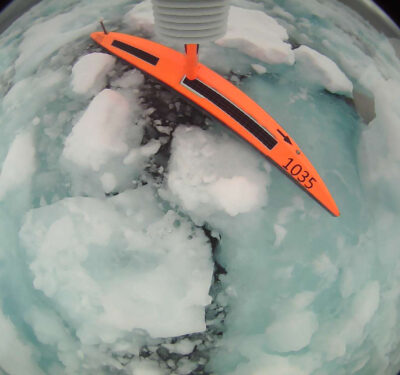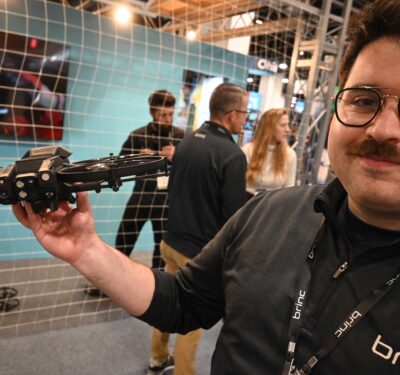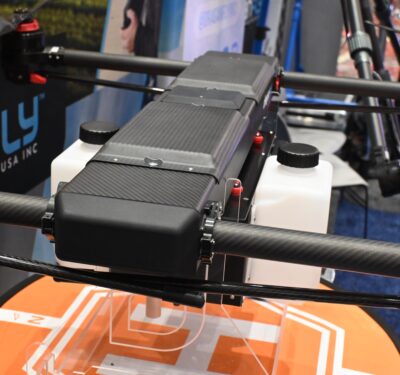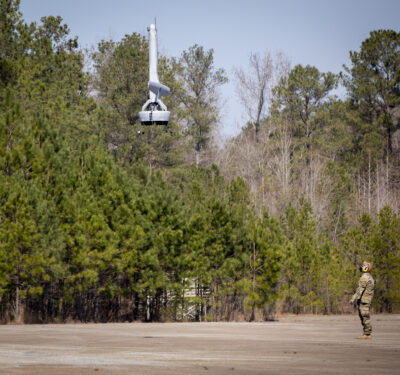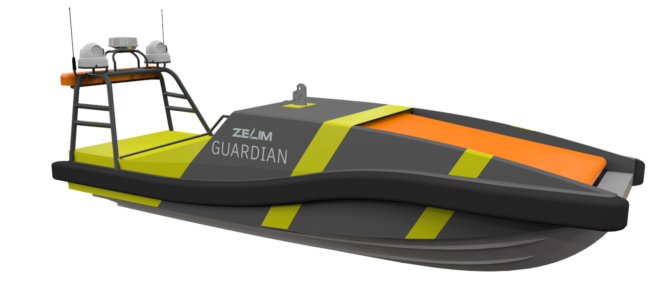
Scottish search and rescue company Zelim has developed the Guardian class of fast rescue craft, controlled by Sea Machines Robotics’ SM300 maritime autonomy, enabling unmanned operation of the vessel employing Zelim’s casualty detection and recovery process.
The 8.5-meter Guardian now includes Sea Machines’ SM300 remote command and control product, making it the world’s first rescue vessel capable of uncrewed operation, the companies said. The SM300 hardware integrates with the Guardian’s propulsion system and sensors, enabling vessel control while streaming real time situational awareness and casualty detection to a remote command center anywhere in the world.
The SM300 software provides the ability to autonomously execute transit routes and broad area search patterns, as well as manually operate the craft with real-time teleoperation. The SM300-controlled Guardian enables enhanced capability to respond to person overboard incidents and close standby cover for offshore operations.
Deploying from a larger vessel, Guardian will be first to arrive on scene to recover casualties and bring them back to the safety of the parent vessel. The Guardian has been designed to cope with extreme conditions far from shore. When operating uncrewed, the vessel can be deployed in conditions usually deemed too dangerous for a crewed Fast Rescue Craft.
Zelim’s SARBox detection solution will assist the remote pilot by detecting and tracking casualties in the water, whether its daytime, nighttime, in mist or fog. Once detected the remote pilot will command the vessel to transit directly to them using the Sea Machines SM300 software. At this point the Guardian will deploy its patented Swift rescue solution to recover the casualties from the water, again controlled using the SM300. This combination of technologies gives the vessel a unique capability and is a global first for the maritime industry, the companies said.


